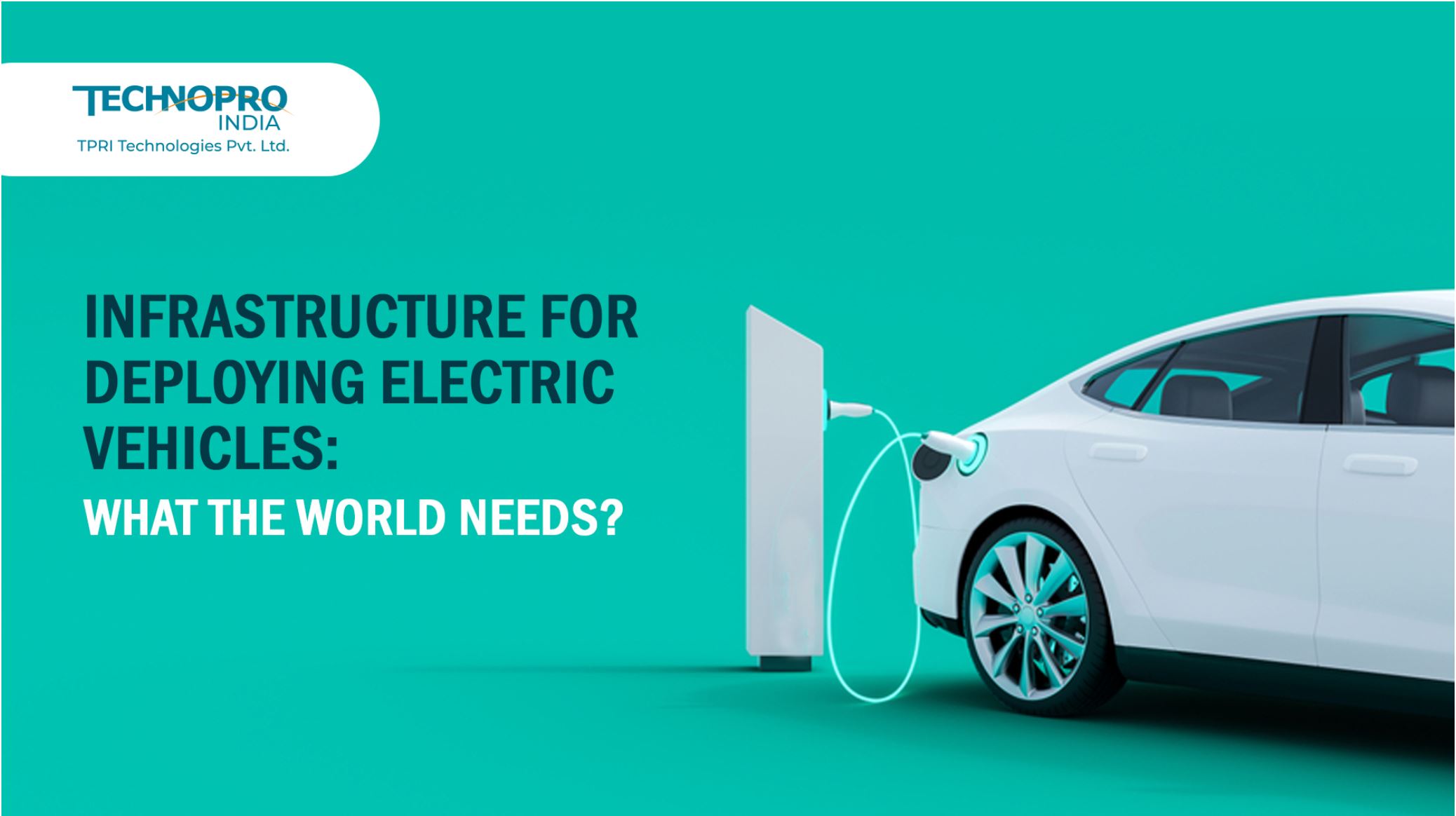

Or call us now at +91 8068474747 (9am - 6pm Pacific time)

May, 15 2022
Global warming is one of the most discussed environment issues of recent times. There are different types of negative impacts of global warming on the environment. If global warming continues in the way it has been affecting the environment, the world is going to face several major issues across geographies. According to studies, global warming has started occurring even from before the industrial period. And the damage that it is causing to the earth’s atmosphere is huge. Therefore, it is essential for humans to do away with any such issue, which is contributing to global warming.
One of the major things that add to the global warming is the emissions from vehicles. Besides, the vehicles are also using up the fuels, which are extremely important in running lots of other things. This is why there was a need for vehicles that can run on other forms of energy. This gave rise to the idea for the production of electric vehicles.
Electric vehicles can bring about a significant change in reducing environmental damage. These vehicles are going to be completely emission free. However, to reduce global warming, the use of electric vehicles cannot be confined to just one country or one area of the world. It is extremely important to ensure that the electric vehicles are spread across the globe. Besides, it should be made available to everyone. Only after making the electric vehicles both public and private, many of the countries will be able to move ahead in their journey toward achieving net zero emissions.
For a long time, the vehicles that have been in use are run by fuels. During the initial days when automobiles were introduced, fuel stations were not to be found everywhere. They were quite rare. A similar situation can be noticed for electric vehicles right now.
As the name suggests, electric vehicles are run on electric power. Therefore, the fuel stations that are present across the world at the moment will not be of any help in running the vehicles. However, there are not enough charging stations for the electric vehicles yet. Therefore, it is necessary to first create the infrastructure for running these vehicles before bringing them on the road.
In addition to creating a city for walking, cycling, and public transport, it is necessary to create the infrastructure for electric vehicles. It can help reduce the emissions that are caused by transports. However, for this, there needs to be a planning to make the cities appropriate for using electric vehicles.
There are different types of chargers that are used to charge electric vehicles. These include:
These chargers need to be deployed at the right places depending on the necessity of the users. Besides, the number of users who can use the charging points must also be considered while using the chargers. Besides, it is also important to check the types of vehicles that are charged from those points.
There must be options to charge the electric vehicles on the go. For this, it is necessary to deploy the charging stations for electric vehicles everywhere.
Before deploying the charging station, there must be proper planning to ensure that these charging stations come in handy. Some of the things that need to be considered while deploying the charging stations include:
How many public charging points should be present in a city for electric vehicles?
The answer to this question depends primarily on the size of the city. Besides, it also depends on the number of electric vehicles plying on the city roads. Besides, it is also necessary to decide the distance between two electric charging points. The location of existing fuel points can help to decide this to some extent. However, this might not always work if the mileage offered by the electric vehicles is not similar to those offered by the existing vehicles that run on fuel. Besides, the charging time should also be taken into account to decide the number of charging stations for electric vehicles in a city.
When building the charging points for electric vehicles, the administration can have the opportunity to choose from various segments. While there are different types of charging points available with various types of batteries for charging electric vehicles, the segments of the charging stations are also different.
Here’s a quick look at some of the segments for the charging stations for electric vehicles.
These types of charging stations need to be deployed at the parking lots. These charging stations must be deployed to make the city appropriate for plying electric vehicles and to ensure that the electric vehicles can be charged on the go. Besides, the payment systems must also be made in such a way that the vehicles can be charged by just using the debit and credit cards.
The number of electric vehicles is already on the rise. The fleet is expected to continue rising over the next few decades. Therefore, it is essential for the administration to ensure that the infrastructure is also ready for deploying these electric vehicles on the road. For this, the administration needs to have the count of the vehicles that might run on the roads in the coming years. The charging points must be set up accordingly.
